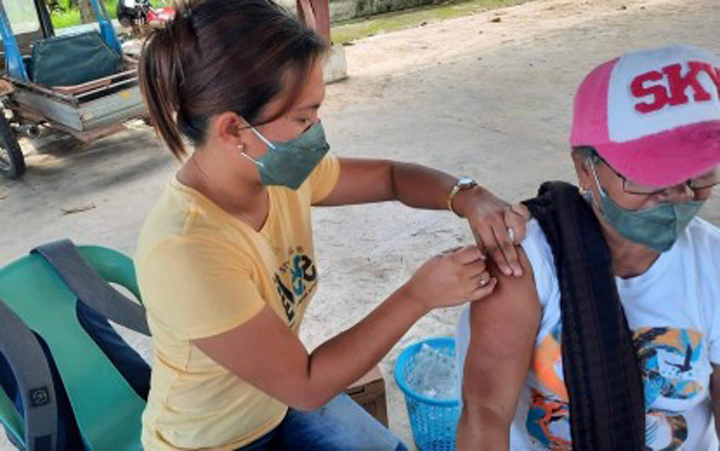
The Department of Health (DOH) admitted that the uptake of Covid-19 vaccines has dropped during the 1st quarter of 2022.
This, DOH Officer–in-Charge Undersecretary Maria Rosario Vergeire said, also contributed to the vaccine wastage.
“Kung mapapansin niyo [If you have observed], in spite of the, all efforts, best efforts ng [of the] local governments, mobilized our partners from the private sector, partners from our medical societies, at lahat lahat na [and all]—from government agencies…pero talagang mababa na ngayon ang uptake ng pagbabakuna [but still the vaccination uptake is still low],” Vergeire lamented in a press briefing.
Vergeire said that unlike in December 2021, vaccination uptake started to wane in January of 2022.
Earlier, the DOH reported that Covid-19 vaccine wastage had increased to 44 million from 31 million.
She said that there were some 3.8 million wastage due to “operational wastage,” such as temperature excursion, discoloration, and national disaster, while some 24 million doses have expired.
1st booster shots target
With the launched of the “Bakunahang Bayan Part 2: PINASLAKAS Special Vaccination Days” which will be conducted from December 5-8, 2022, Vergeire said that they are aiming to acchieve 50 percent of the target eligible population.
“Sa ngayon nasa 26 percent pa lang tayo [As of now we are still at 26 percent of our target population]…” Vergeire said.
The three-day vaccination aims to reach the national goals for vaccination and booster coverage in the country by making primary series and booster doses more accessible through the settings-based approach with the vaccination rollout focusing on service delivery close to homes, communities and workplaces.
During the 3-day vaccination activity, all individuals 5 years old and above are eligible for the administration of primary dose series, all 12 years old and above are eligible for the administration of booster/additional doses, second booster doses may be given to the most at risk population which includes medical frontliners, immunocompromised individuals, individuals 50 years old and above, and adults 18 to 49 years of age with comorbidities.
Image credits: Ilog Municipal Health Office
